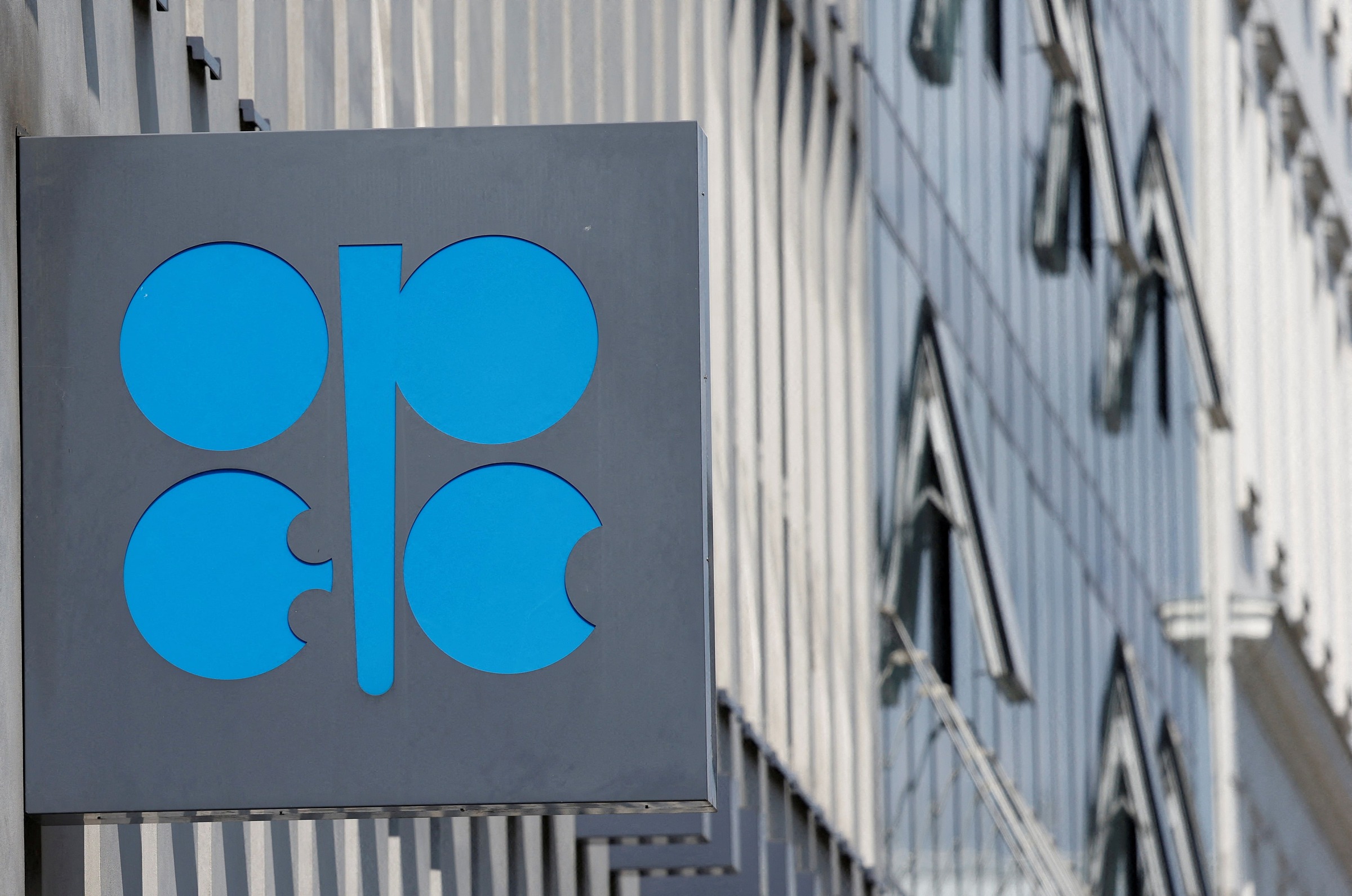On 5/7, the Organization of the Petroleum Exporting Countries and allies (OPEC+) agreed to increase crude oil production by another 548,000 barrels per day, effective in August.
The decision was made after an online meeting of Russia, Saudi Arabia, Algeria, Iraq, Kazakhstan, Kuwait, Oman, and the UAE. The August increase is larger than the 411,000 barrels per day analysts had predicted, which had been applied in previous months. According to Reuters calculations, the total production increase by OPEC+ over the past five months is 1.9 million barrels per day.
In a statement, OPEC+ explained that their decision was based on a "stable global economic outlook and positive market factors, reflected in low oil inventories". The same reasoning was used in previous meetings.
 |
Outside OPEC+ headquarters in Vienna (Austria). Photo: Reuters |
Outside OPEC+ headquarters in Vienna (Austria). Photo: Reuters
Since late 2022, the organization has curbed production to prevent oversupply in the market, which would cause prices to fall and harm member countries dependent on oil exports. However, this plan has not been very effective. Until the beginning of this year, the group cut 5.86 million barrels per day, equivalent to 5.7% of global demand. OPEC+ production has only gradually increased since April.
By May, OPEC+ accelerated the pace, despite the increased supply putting pressure on oil prices. Saudi Arabia and Russia, the group's two leading nations, want to penalize members who overproduce and regain market share. OPEC+ currently supplies about half of the world's oil.
In April, crude oil prices at one point fell to their lowest in four years, below 60 USD per barrel. This was because OPEC+ announced a May production increase three times higher than originally planned.
By June, crude oil prices had risen again due to increased summer demand and the Israel-Iran conflict. Currently, Brent oil is at 68.3 USD per barrel, while US WTI crude is at 66.5 USD per barrel.
Ha Thu (according to Reuters, CNBC)












